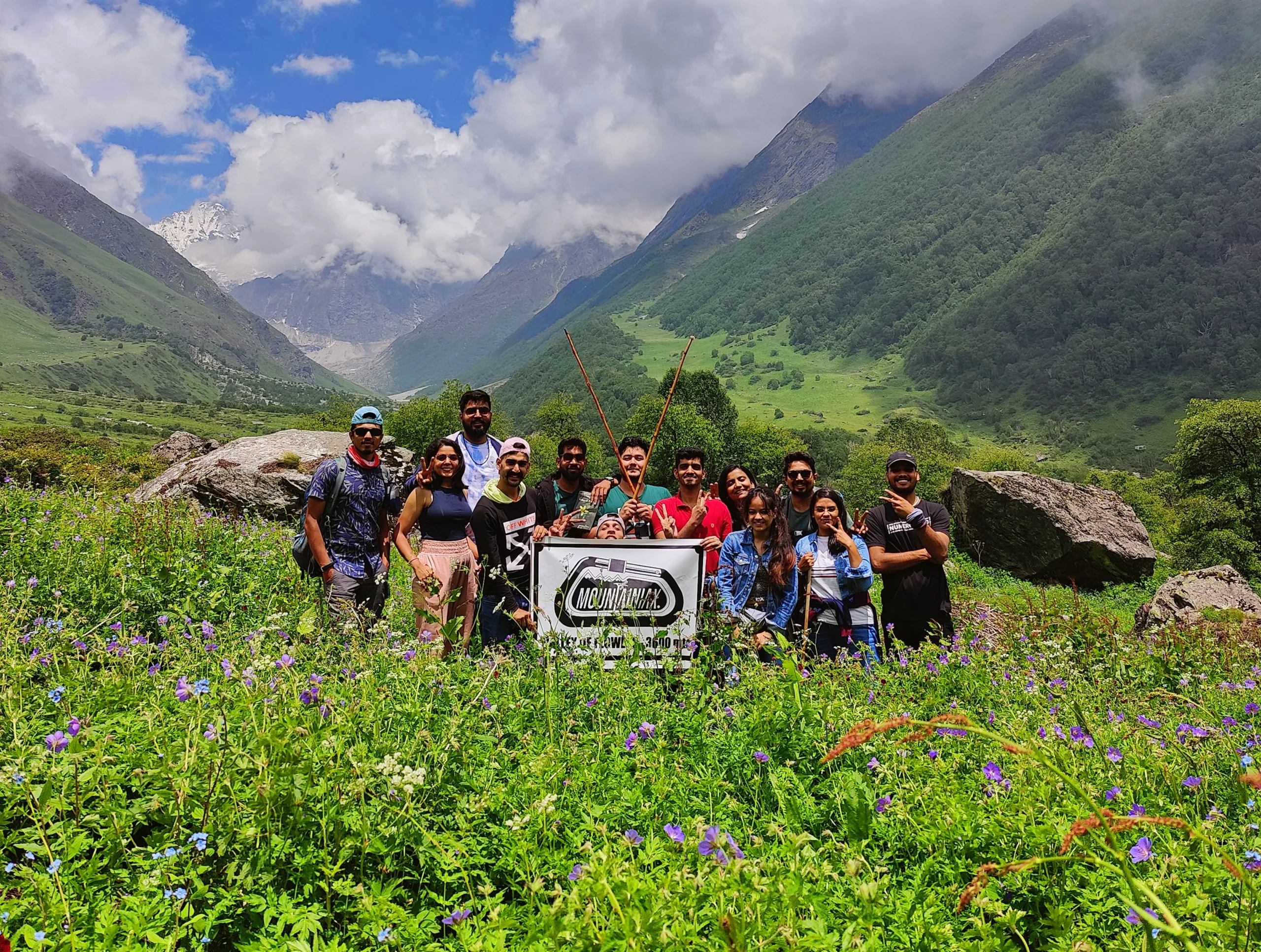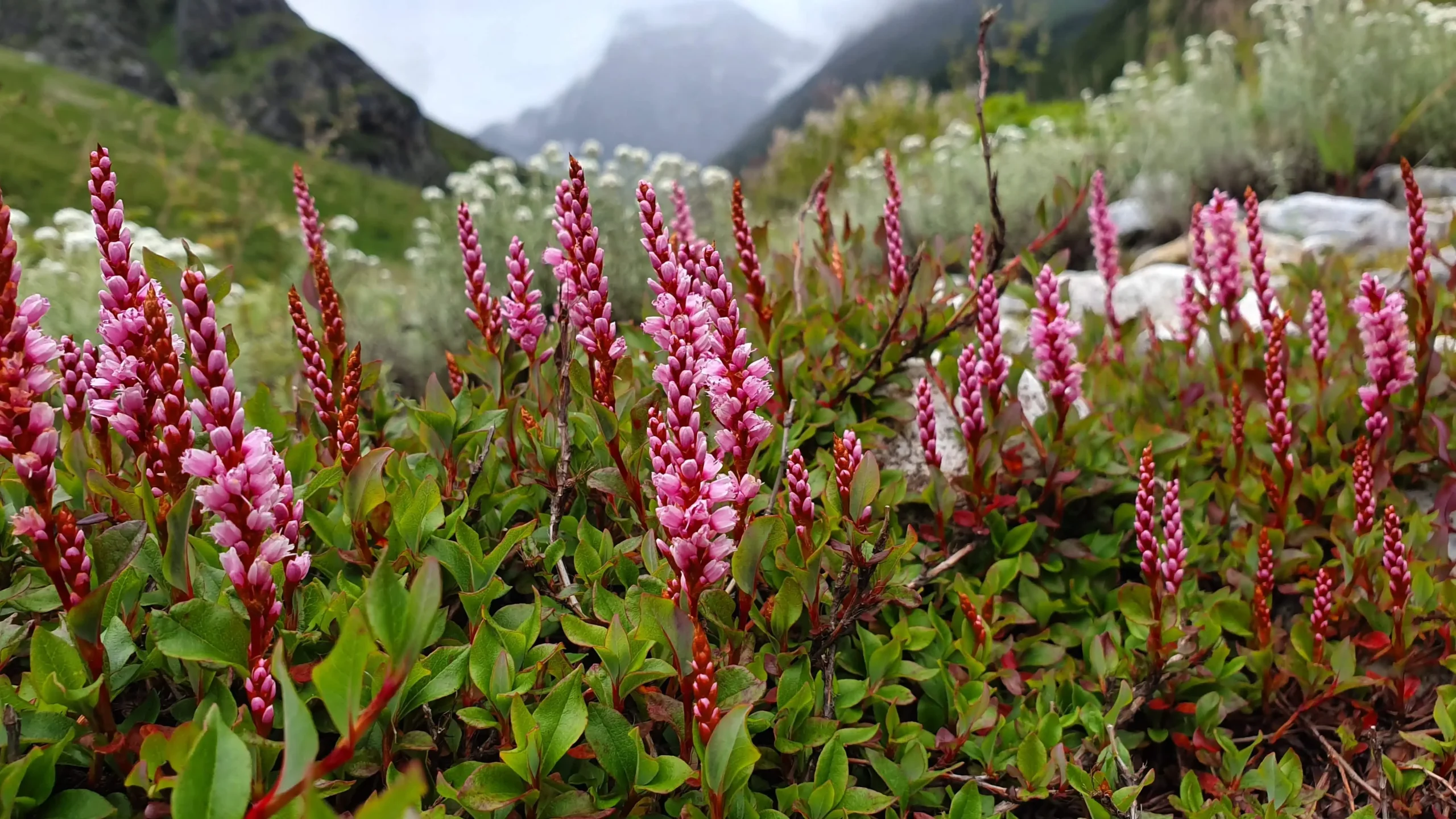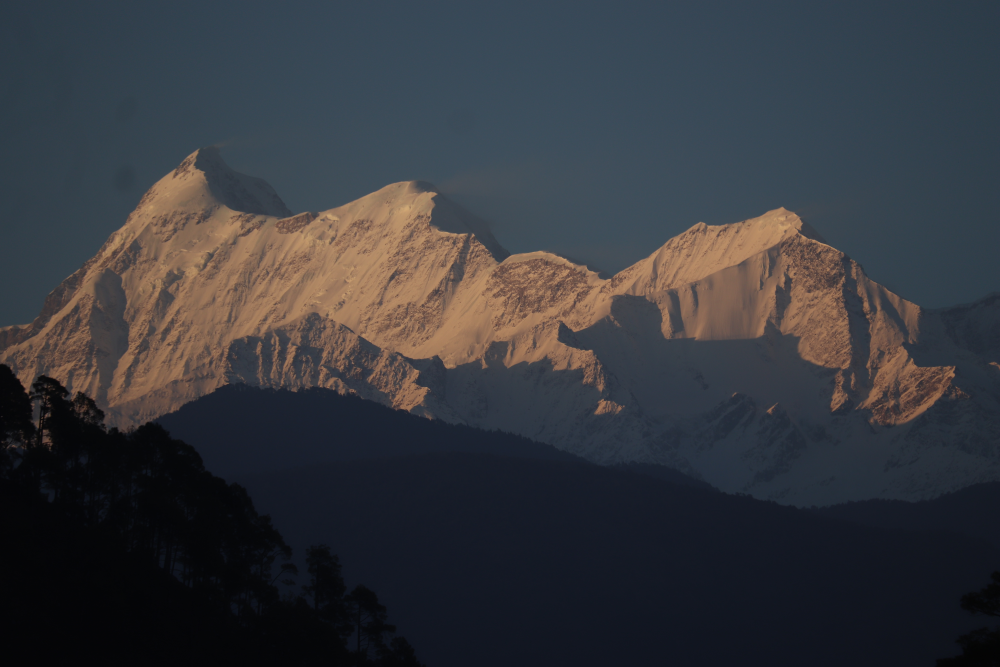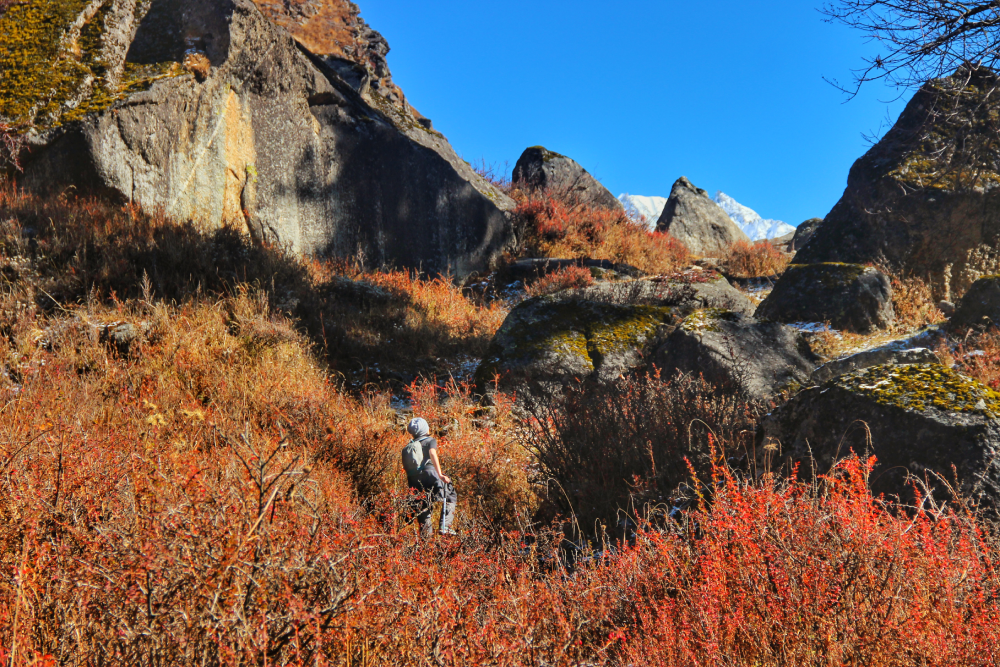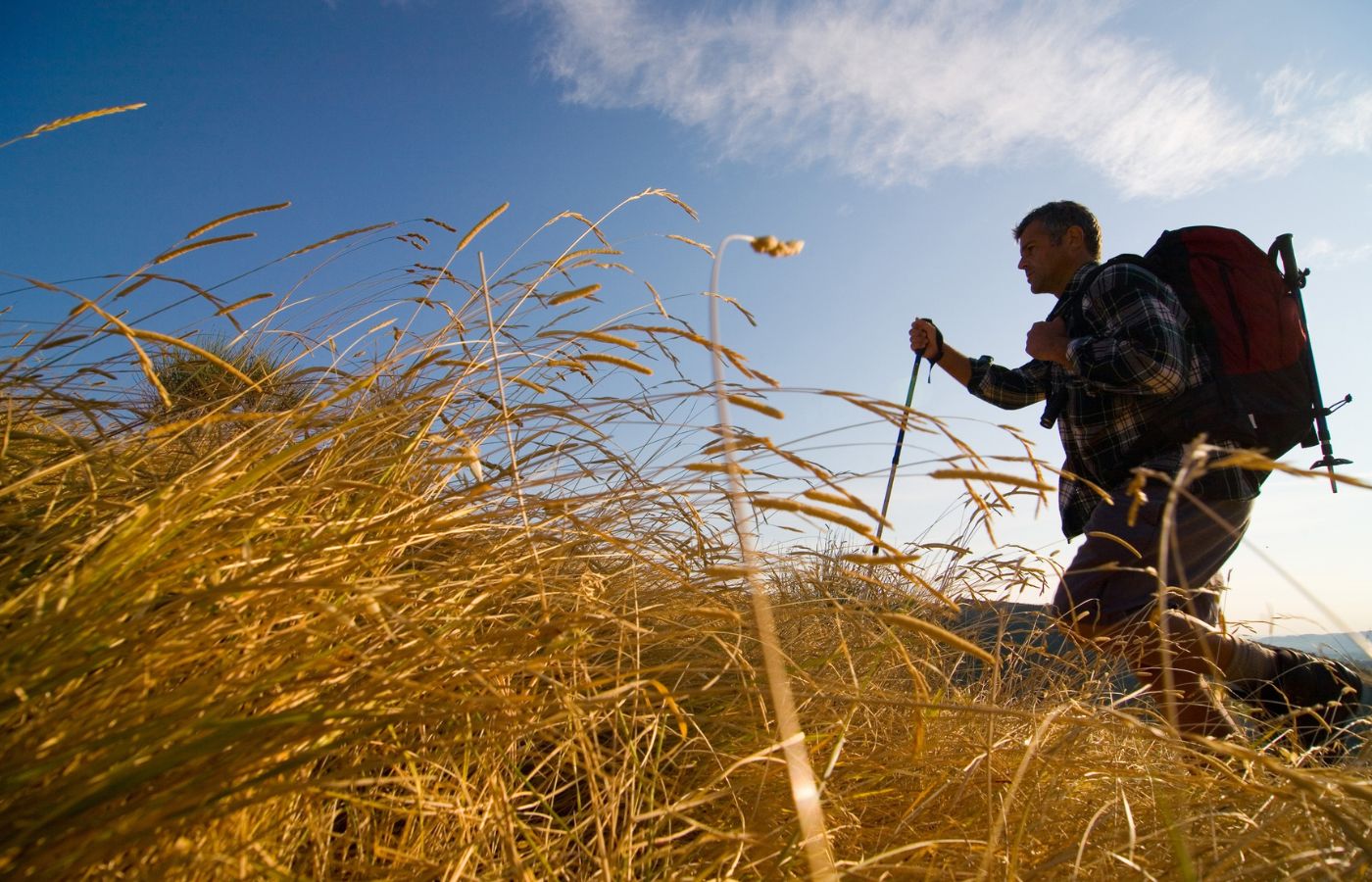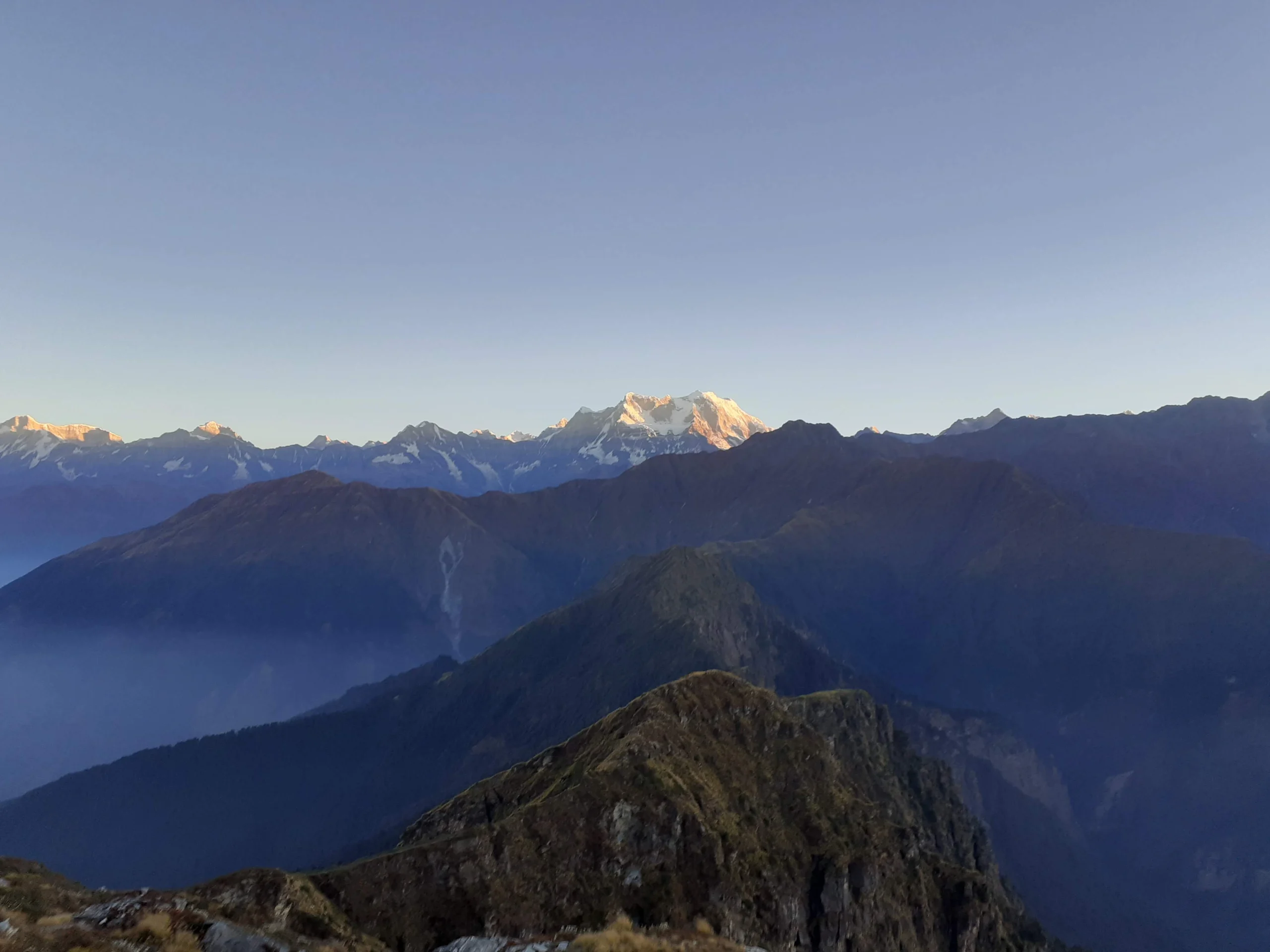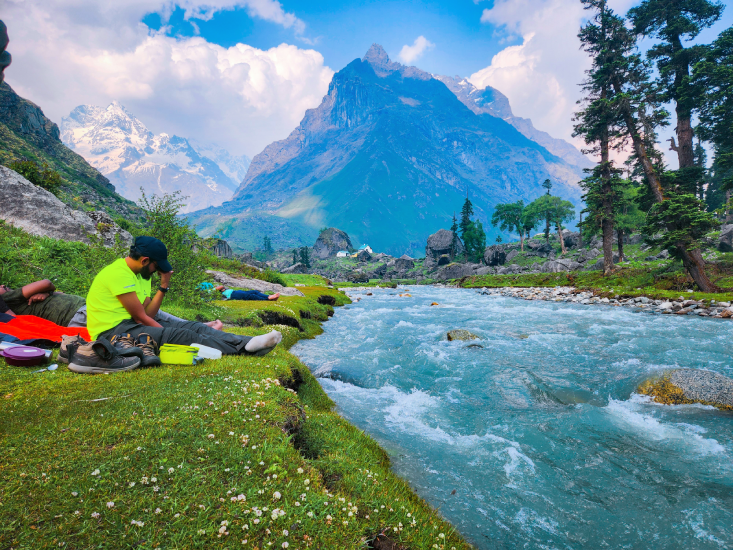
In the high, snow-clad arms of the Himalayas, where silence is only broken by the wind brushing past pine trees and the distant murmur of water, lies Uttarakhand -a state not just defined by geography, but by spirituality, serenity, and the sacred. Rivers of uttarkhand are not mere water bodies. They are living deities, keepers of ancient tales, and lifelines for millions.
Every twist and turn in these rivers carries whispers of gods and sages. It is here that Ganga, the holiest river of India, descends from the heavens. Here, the Yamuna begins her graceful journey, and tributaries like Alaknanda, Bhagirathi, Mandakini, and Dhauliganga dance through valleys, shaping the land and the lives around them.
But these rivers are more than their origins. They are storytellers. They pass through temples older than memory, villages frozen in time, and forests echoing with legends. They feed the soil, nurture the forests, fuel spirituality, and inspire poetry.
Famous Rivers of Uttarakhand
1.Bhagirathi & Alaknanda: The Divine Confluence
At the spiritual heart of Uttarakhand flows the Bhagirathi, emerging from the Gaumukh glacier near Gangotri. The story of Bhagirathi is inseparable from the legend of King Bhagirath, whose intense penance brought the goddess Ganga down from the heavens to cleanse the ashes of his ancestors. This descent is not just myth; it’s geography spiritualized.
The Alaknanda, on the other hand, originates from the Satopanth Glacier near Badrinath. It flows through sacred towns like Joshimath and Rudraprayag, collecting waters and myths with every mile. When Bhagirathi and Alaknanda meet at Devprayag, the Ganga is born. This confluence, known as one of the Panch Prayags, is more than a merging of waters — it’s a union of divine energies.
2.Yamuna: The Shadowed Sister of Ganga
If Ganga is the queen of rivers, Yamuna is her serene sister. Emerging from the Yamunotri glacier, this river too is considered a goddess. According to mythology, she is the daughter of the sun god, Surya, and sister of Yama, the god of death. It is believed that bathing in the Yamuna absolves one of the fear of death.
Flowing through the rugged terrains of Uttarkashi, Yamuna nurtures not just the earth but the spirit. Her waters are colder, her valleys quieter, and her path less commercialized. Yet she holds her own, carving deep gorges and fostering diverse ecosystems.
3.Mandakini: Kedarnath’s Silent Guardian
The Mandakini originates from the Chorabari Glacier near Kedarnath, a name forever etched in memory after the tragic floods of 2013. Before that disaster, and ever since, the river has been a source of calm, cradling the Kedarnath shrine in a gentle embrace.
Mandakini meets Alaknanda at Rudraprayag, one of the holiest confluences. Her course is not just a lifeline for the region but a reminder of nature’s dual roles: nurturer and destroyer. The 2013 floods were a brutal wake-up call about climate change, unplanned development, and the fragility of Himalayan ecosystems.
4.Dhauliganga, Pindar & the Unsung Tributaries
While the major rivers are well-known, many tributaries deserve equal reverence. Dhauliganga, originating from the Niti Pass near the China border, flows fiercely before merging with Alaknanda at Vishnuprayag. It’s a river of raw beauty and immense hydroelectric potential.
The Pindar River, arising from the Pindari Glacier, is another lifeline. It meets Alaknanda at Karnaprayag and is known for its picturesque valley and trekking routes. These rivers may not have grand temples on their banks, but they shape lives just as deeply.
Five Prayags: Where Rivers Meet and Myths Merge
Uttarakhand is home to the legendary Panch Prayags — five sacred river confluences:
- Vishnuprayag: Alaknanda + Dhauliganga
- Nandprayag: Alaknanda + Nandakini
- Karnaprayag: Alaknanda + Pindar
- Rudraprayag: Alaknanda + Mandakini
- Devprayag: Alaknanda + Bhagirathi
Each Prayag is a pilgrimage spot, a place where the divine meets the earthly, where waters mix like ancient stories merging into a single epic.
Cultural, Ecological and Economic Importance
The rivers of Uttarakhand are sacred, yes — but they’re also practical powerhouses. They provide drinking water, irrigation for terraced farming, and generate electricity through hydro projects. They support biodiversity, from snow leopards to otters, and nourish forests that in turn anchor the soil.
Culturally, these rivers are central to festivals, rituals, and everyday spirituality. A dip in the Ganga at Haridwar, a walk along the Mandakini, or a prayer on the banks of Yamuna — these are experiences that blend faith with the flow of nature.
Challenges
Modern development, tourism, and climate change have placed these rivers under immense stress. Glacial retreat is reducing flow. Hydroelectric projects, though useful, often disrupt ecosystems and displace communities. Pollution is slowly creeping into once-pristine waters.
The 2013 Kedarnath floods and the 2021 Chamoli disaster were tragic reminders of what happens when nature is pushed too far. Sustainable development and eco-sensitive planning are no longer optional — they’re essential for survival.
The Future: Flowing Forward with Responsibility
To protect Uttarakhand’s rivers is to protect its soul. This means:
- Strict regulation of tourism and construction
- Sustainable hydroelectric projects
- Reviving traditional water conservation methods
- Involving local communities in river management
- Educating youth about river ecosystems
If we can listen to the rivers the way sages once did, if we can treat them as living beings and not just water sources, the rivers of Uttarakhand will continue to bless us for generations.
Rivers are the silent verses of the Himalayas. They tell stories of gods and kings, of monks and martyrs, of floods and festivals. In Uttarakhand, these rivers are more than natural resources — they are living threads that bind the past, present, and future.
To walk by their banks, to witness their confluences, and to hear their music in the stillness of the mountains — that is to understand why this land is called Devbhoomi. And why its rivers will always remain sacred.
Whether you’re a traveler, a pilgrim, or a lover of nature, may you find your way to these waters, and may they carry your spirit onward.

